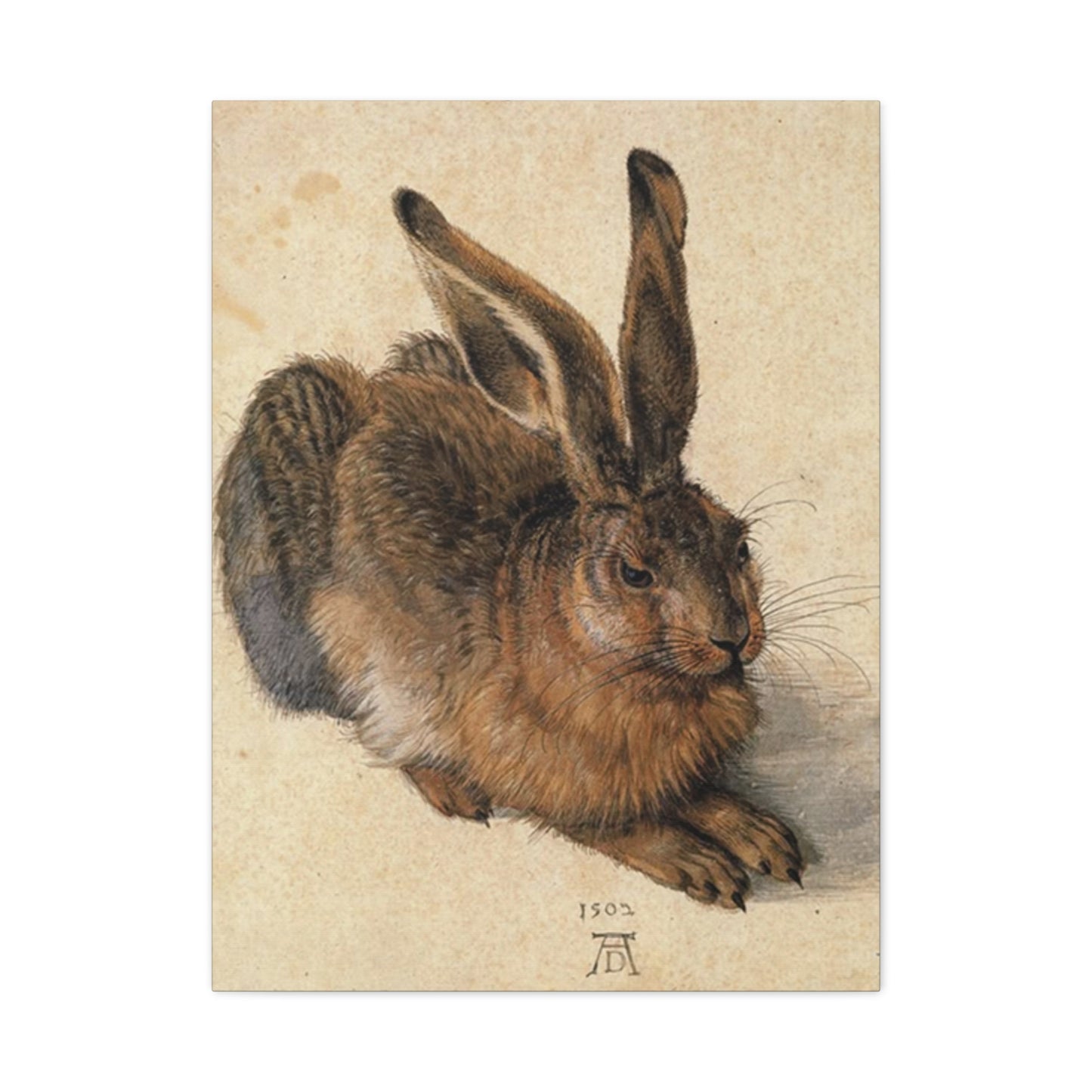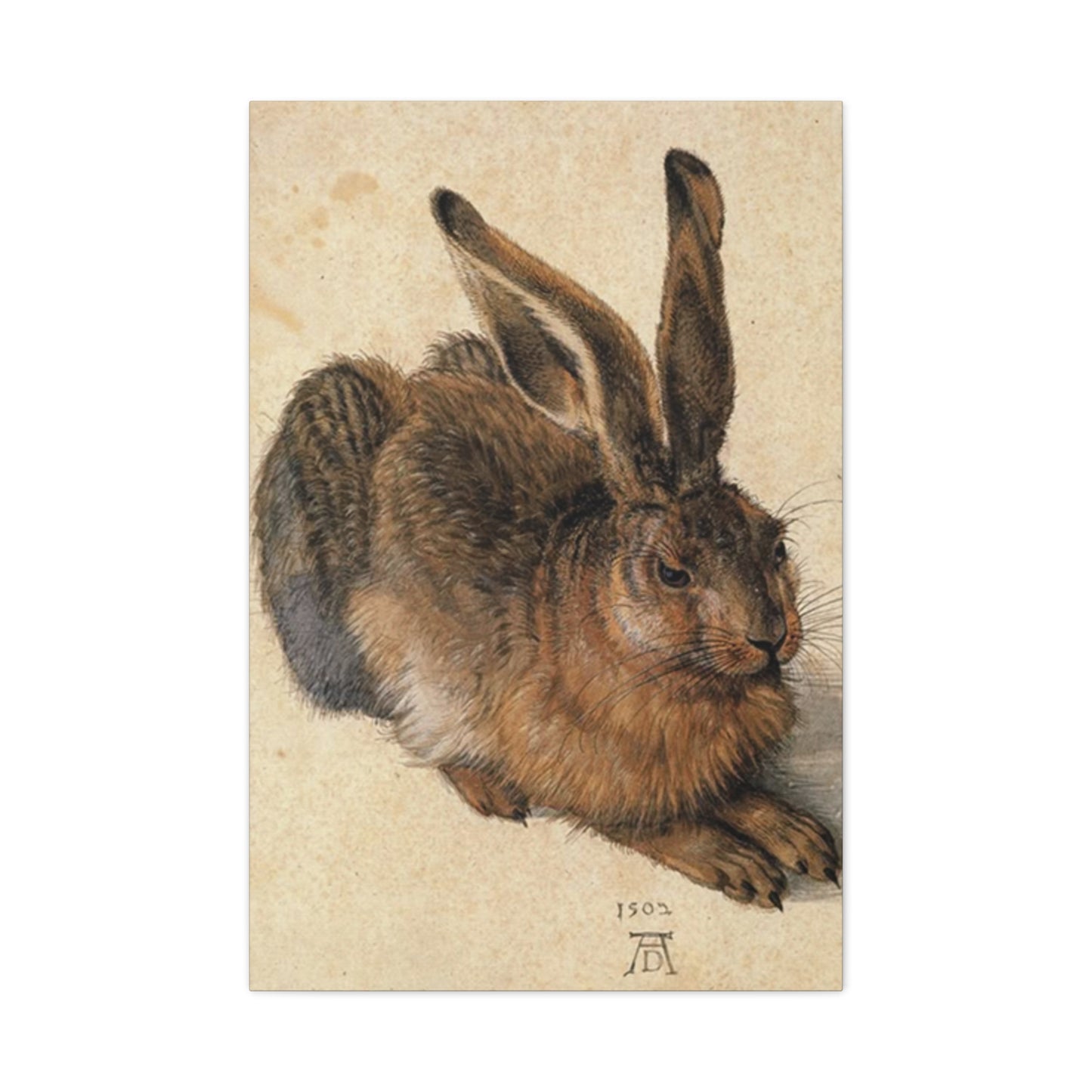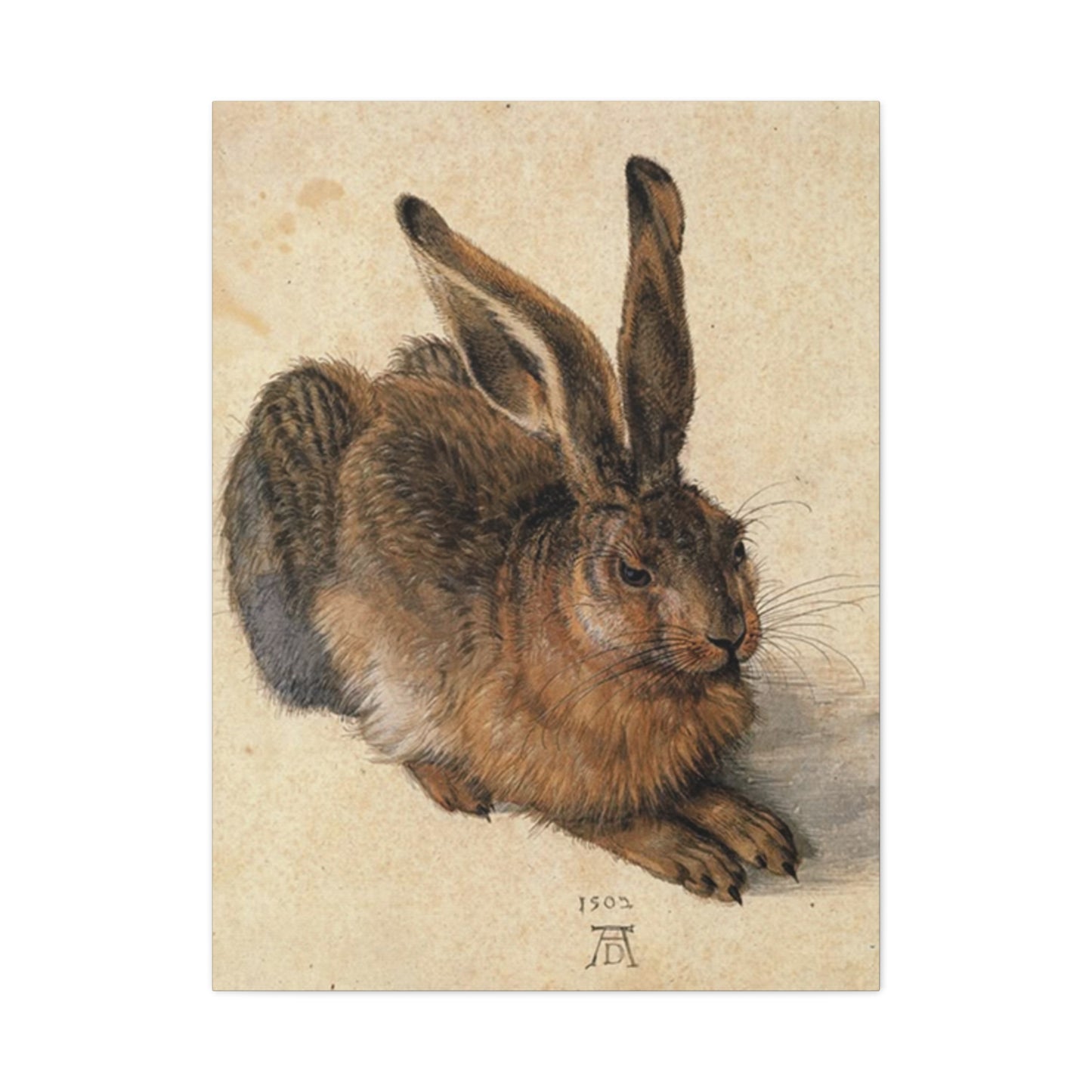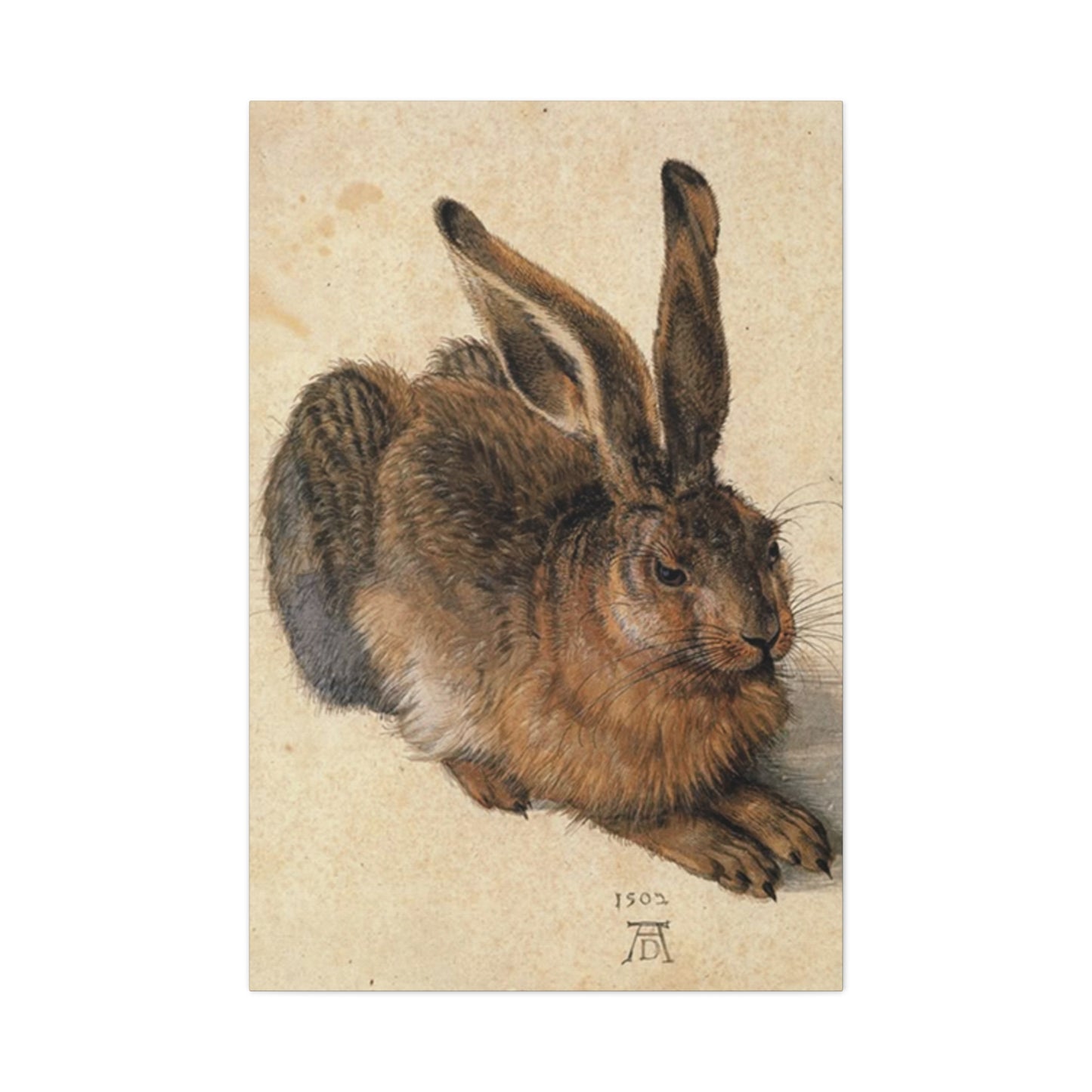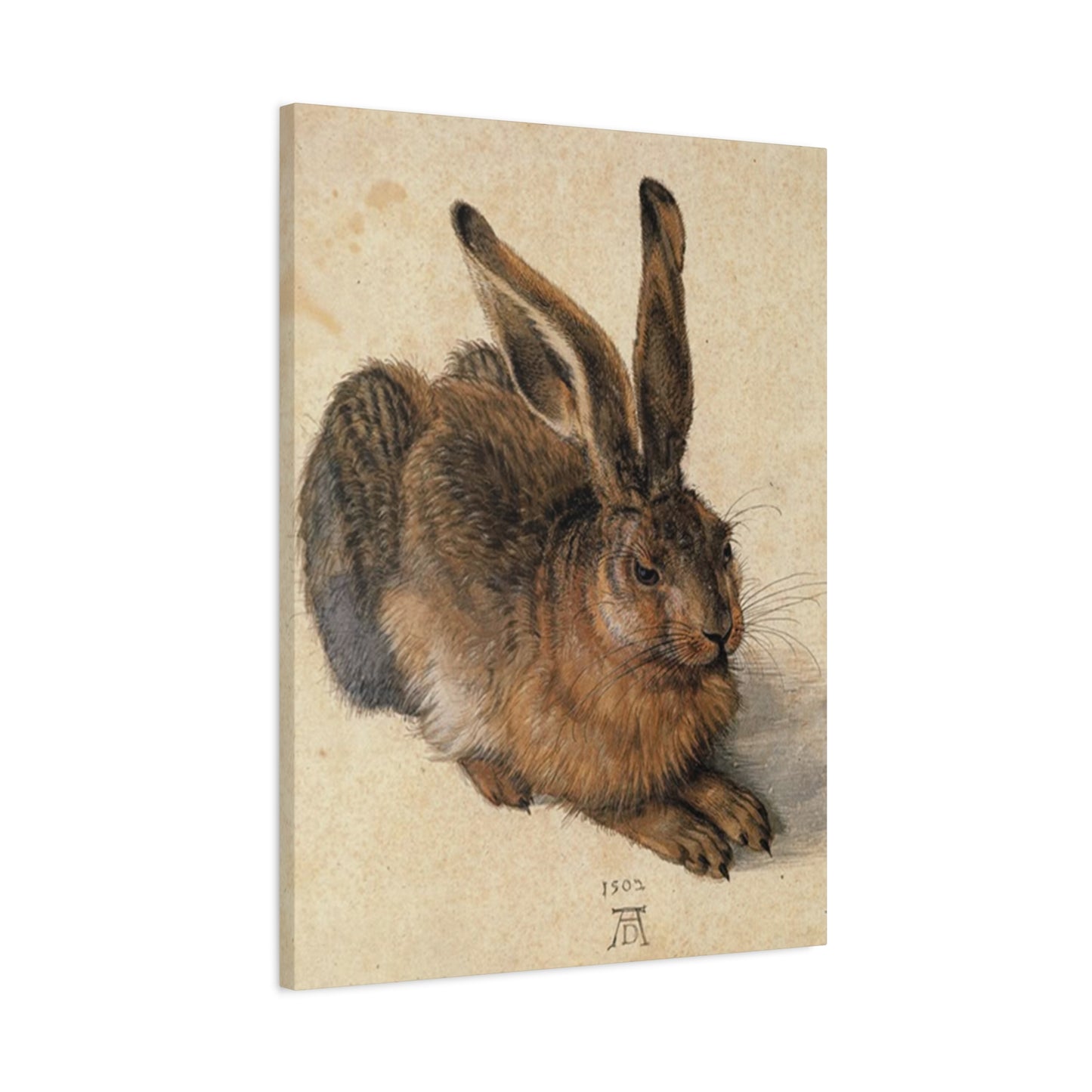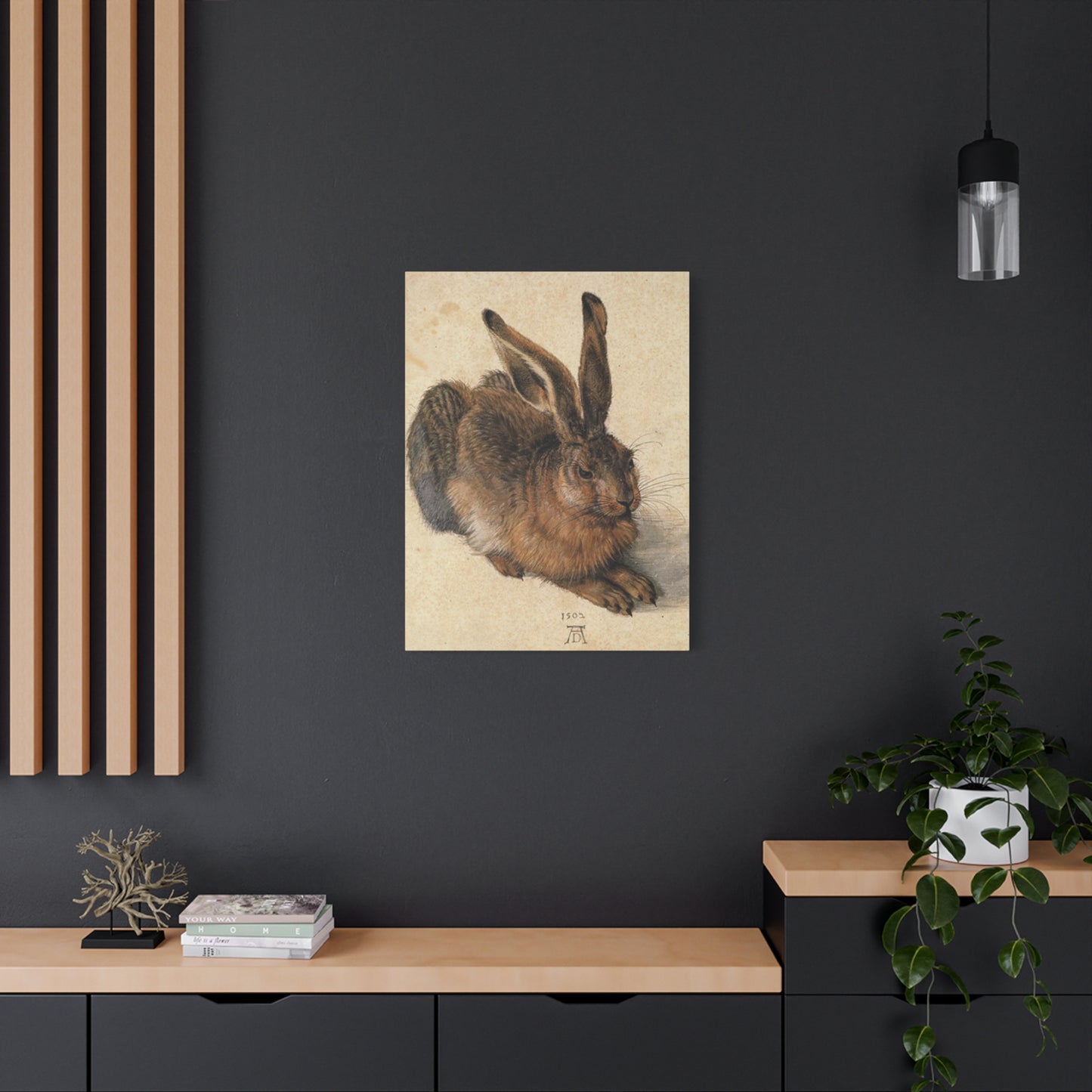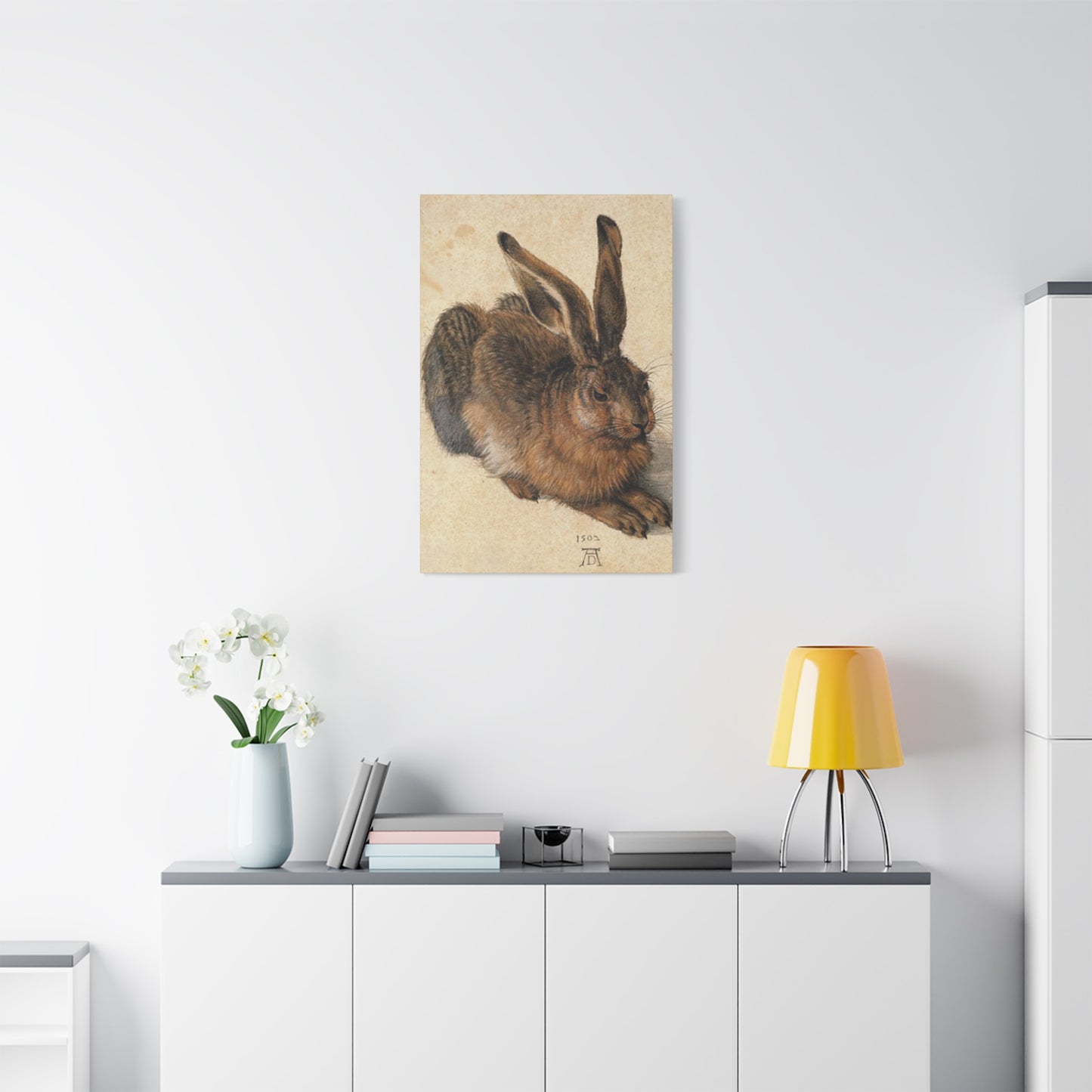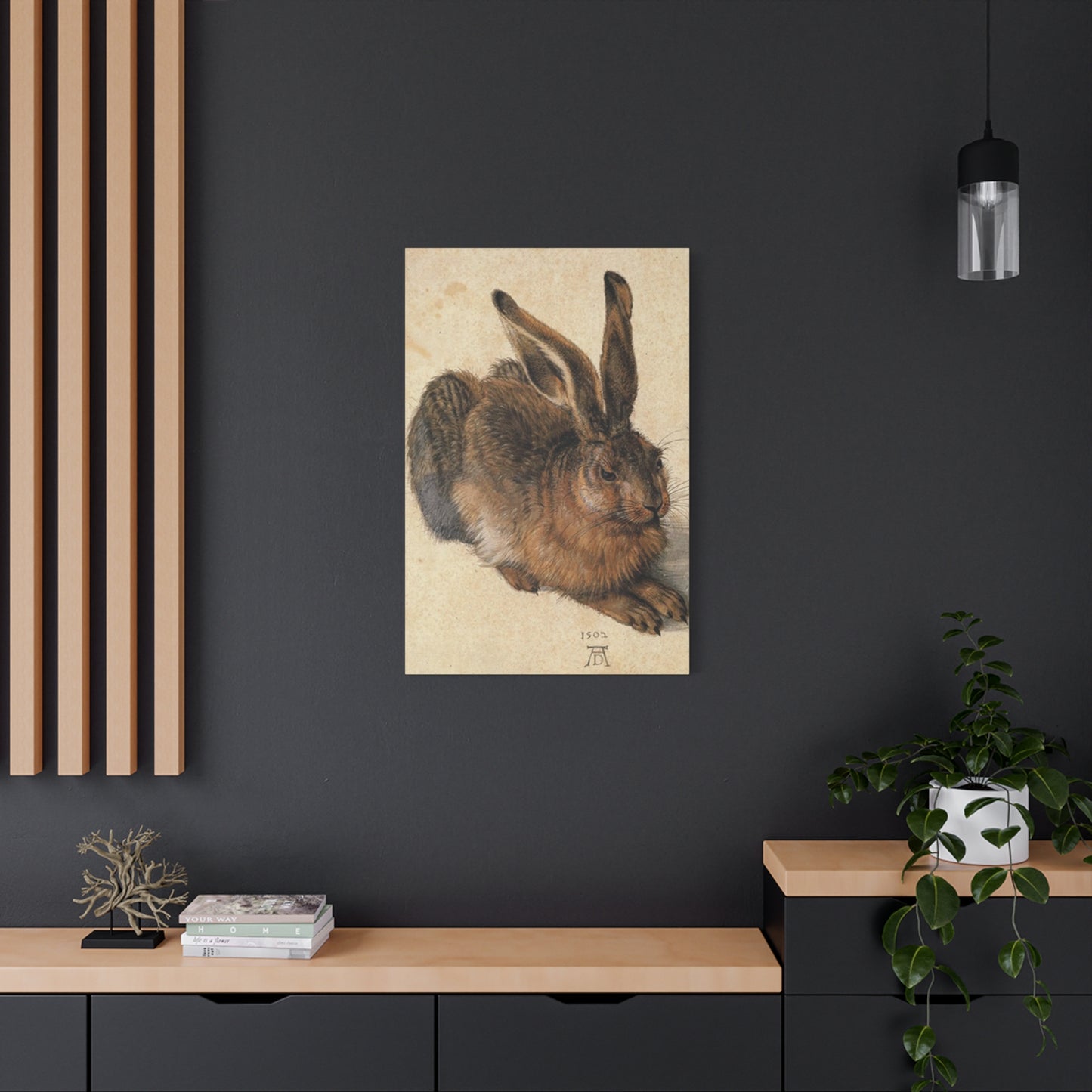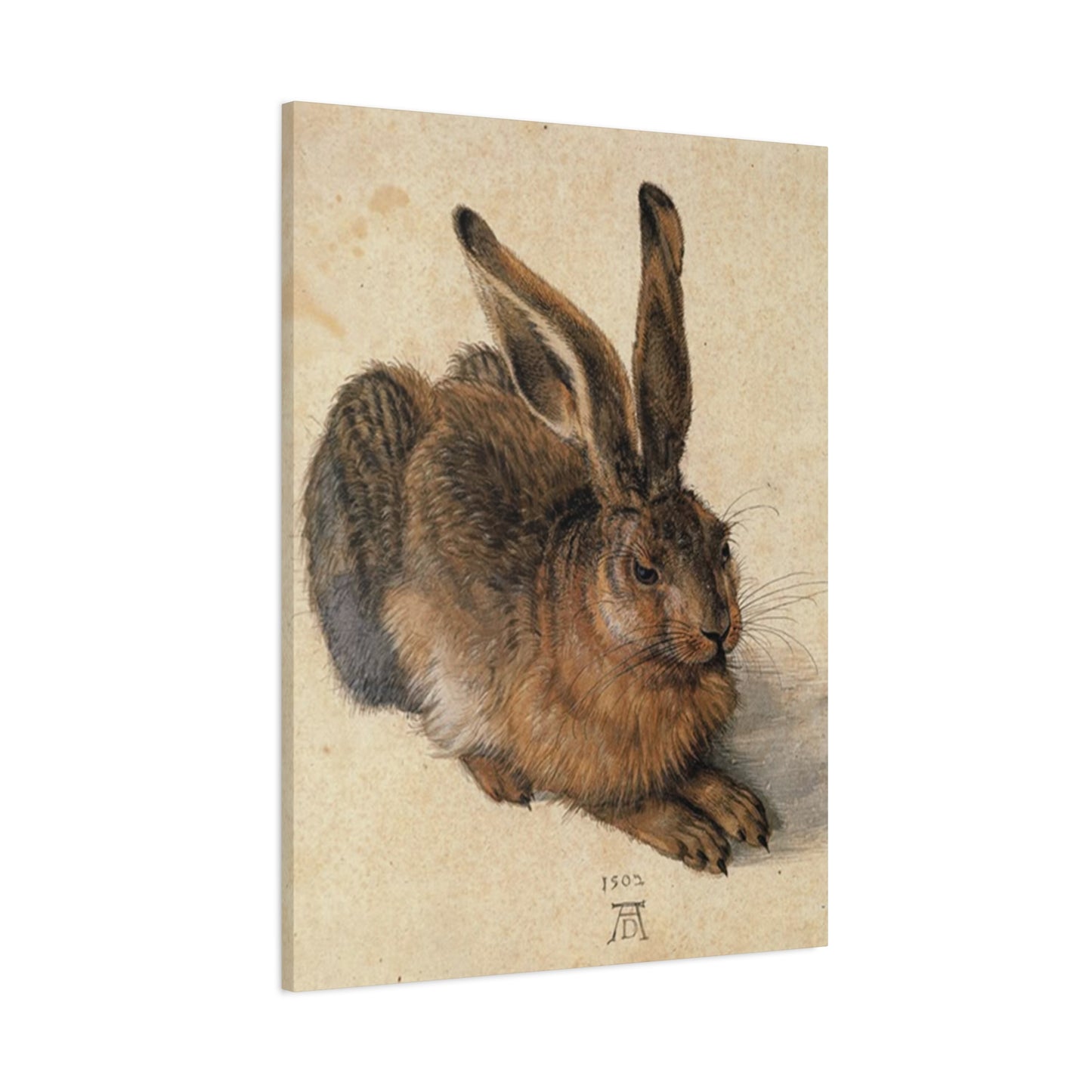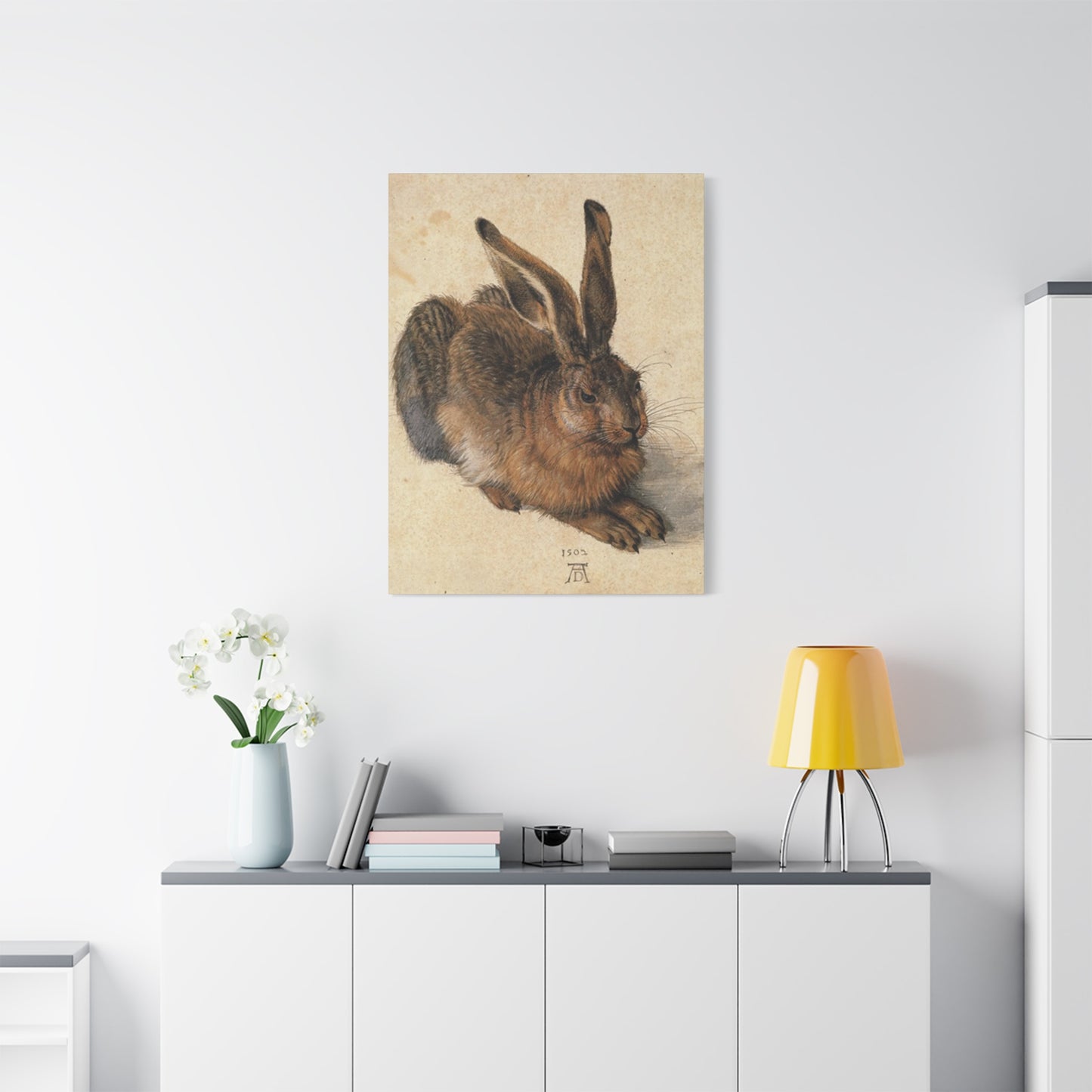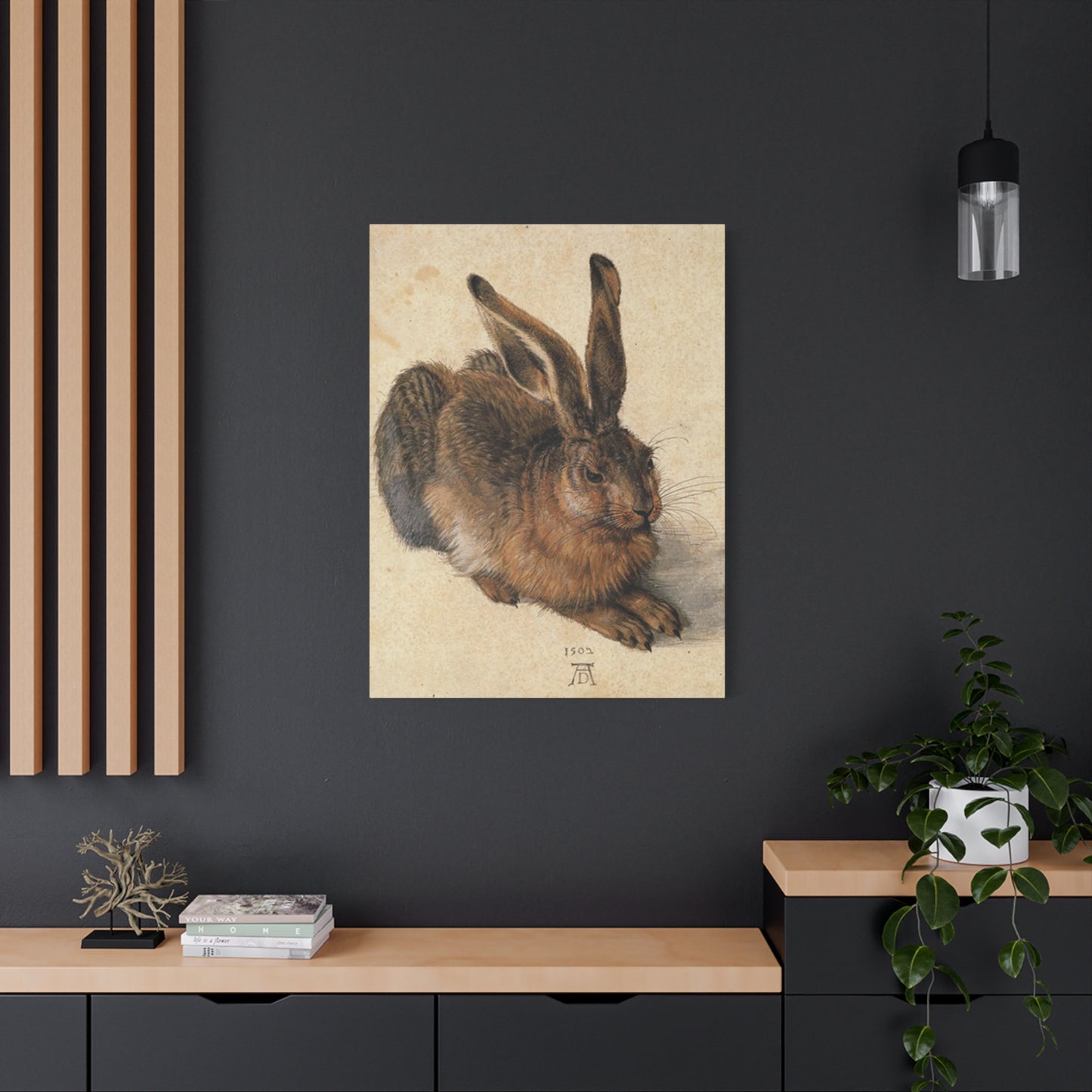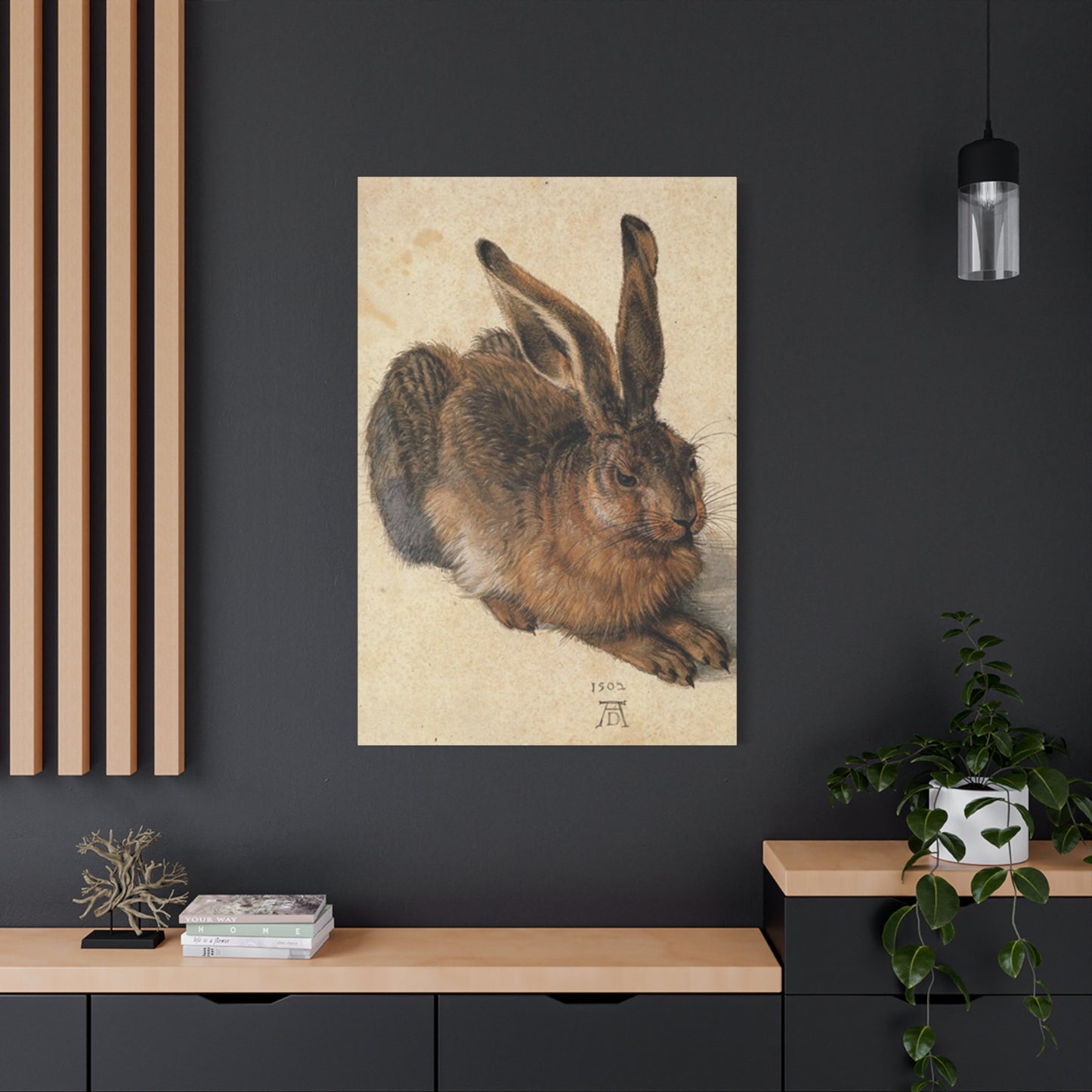Charming Brown Bunny Wall Art: Bring Whimsy and Warmth to Your Space
In the vast and varied world of artistic expression, certain motifs possess a timeless quality, an innate ability to transcend trends and speak directly to the human heart. Among these enduring subjects, the humble brown bunny holds a particularly special place. Brown bunny art, in its myriad forms, is more than mere decoration; it is an evocation of comfort, a whisper of nostalgia, and a celebration of the gentle, quiet moments in life. This art form captures the essence of "charming warmth," a concept that combines the coziness of a familiar space with the delightful innocence of the natural world. From the delicate brushstrokes of a watercolor painting destined for a nursery wall to the rustic charm of a sculpted figure on a mantelpiece, art featuring brown rabbits invites us into a world of serene contemplation and understated beauty. It connects us to the cycles of nature, the stories of our childhood, and the simple, profound joy of observing a gentle creature in its element..
Deconstructing the Emotional Appeal of Brown Bunny Art
The profound emotional resonance of brown bunny art is not accidental; it is a carefully woven symphony of psychological triggers, cultural associations, and innate human responses to form, color, and subject matter. At its core, this art form taps into a deep-seated human desire for comfort, safety, and a connection to a more innocent, gentle world. The primary subject, the bunny itself, is a powerful conduit for these feelings. As small, soft, herbivorous creatures, rabbits are widely perceived as non-threatening. Their large eyes, twitching noses, and fluffy tails evoke a sense of vulnerability and gentleness that can trigger a nurturing instinct in the viewer. In a world that often feels harsh and overwhelming, a piece of art depicting a peaceful, resting rabbit can serve as a visual anchor, a small island of tranquility that lowers stress and promotes a sense of calm. This connection is further amplified by our collective cultural memory.
For many, the first encounter with a brown bunny in art comes from beloved children's literature, from the Velveteen Rabbit becoming real through love to the adventures of Peter Rabbit in Mr. McGregor's garden. These stories imbue the image of the brown bunny with powerful nostalgic warmth, transporting us back to the safety and wonder of childhood. Displaying such art in a home is not just an aesthetic choice; it is an act of curating emotion, of consciously inviting the feelings of comfort and security associated with those formative experiences into our daily lives.The color palette, centered around the color brown, plays an equally crucial role in establishing this atmosphere of charming warmth. Brown is the color of the earth, of rich soil, weathered wood, and sturdy tree trunks. It is a grounding, stabilizing color that speaks of reliability, comfort, and a connection to the natural world.
Unlike more vibrant, stimulating colors, shades of brown are inherently calming and reassuring. They create a sense of coziness and stability, making a space feel like a sanctuary or a haven. When this earthy palette is applied to the soft, gentle form of a rabbit, the effect is magnified. The artwork feels organic, unpretentious, and deeply rooted. It avoids the artificiality that can sometimes accompany brighter, more stylized art, instead offering an honest and authentic sense of peace. The various shades, from a light, sandy beige to a deep, chocolatey umber, allow for a rich depth and texture that is visually satisfying without being overwhelming. This naturalistic coloring makes the artwork feel like a window into a quiet woodland scene, allowing us to bring a piece of nature's serenity indoors.
Exploring Artistic Mediums in Rabbit Portrayals
The charming warmth of brown bunny art is brought to life through a diverse array of artistic mediums, each offering a unique language to express the creature's gentle nature. The choice of medium is not merely a technical decision; it fundamentally shapes the artwork's texture, mood, and emotional impact, allowing artists to explore different facets of the bunny's character. Watercolor is perhaps one of the most popular and evocative mediums for this subject. Its inherent transparency and fluidity are perfectly suited to capturing the softness of fur and the delicate, almost ethereal quality of a young rabbit. Artists using watercolor can create soft, diffused edges and gentle gradations of color, from pale sepia to rich sienna, that mimic the natural variations in a bunny's coat.
The way the pigments bleed and blend on textured paper can create an impression of life and movement, suggesting the gentle rise and fall of a sleeping bunny's breath. Watercolor lends itself to a minimalist approach, where a few well-placed strokes can suggest the entire form, emphasizing innocence and simplicity. This medium is a favorite for nursery art precisely because of its light, airy, and non-imposing nature, creating a sense of serene tranquility.In contrast to the delicacy of watercolor, oil and acrylic paints offer a world of rich texture and depth. Oil painting, with its slow drying time and buttery consistency, allows for meticulous blending and layering. An artist can build up the texture of the fur stroke by stroke, creating a highly realistic, almost tangible, representation of the rabbit.
The deep, luminous colors achievable with oils can lend a sense of gravitas and timelessness to the portrait, elevating the humble bunny to a subject of classical dignity, reminiscent of the Old Masters. Light can be manipulated with incredible subtlety in oil paintings, capturing the soft sheen on a rabbit's coat or the deep, soulful darkness of its eye. Acrylics, while faster drying, offer a similar capacity for vibrant color and textural work. Artists can use thick applications of acrylic paint, a technique known as impasto, to create a three-dimensional surface that invites the viewer to not just see but almost feel the artwork. This textural quality can enhance the rustic, earthy feel of the piece, making it a perfect fit for cottagecore or farmhouse-inspired decor.Beyond traditional painting, brown bunny art flourishes in a multitude of other mediums. Drawing, using materials like charcoal, graphite, or colored pencils, provides an intimate and immediate connection between the artist's hand and the subject.
A charcoal drawing can capture the dramatic interplay of light and shadow on the bunny's form, emphasizing its contours and creating a moody, atmospheric piece. Colored pencils allow for an incredible level of detail and control, perfect for rendering individual strands of fur and the intricate details of the rabbit's face with photographic precision. Sculpture takes the art form into the third dimension, allowing the viewer to experience the rabbit's form from all angles. A wooden sculpture, carved and sanded smooth, emphasizes the connection to nature and rustic craftsmanship. The grain of the wood can complement the flow of the rabbit's body, creating a harmonious and organic piece.
Ceramic or clay sculptures can range from whimsical, stylized figurines to stunningly lifelike representations, their glazed surfaces catching the light in a way that brings the static form to life. In the digital realm, artists use software to create illustrations that can mimic any traditional medium or forge entirely new aesthetics. Digital painting allows for endless experimentation with color, texture, and composition, producing everything from crisp, clean vector illustrations to richly textured digital canvases that are indistinguishable from oil paintings. Each medium provides a different lens through which to view the brown bunny, and this diversity is a testament to the subject's enduring appeal. Whether rendered in the soft wash of watercolor, the rich impasto of oil, or the carved grain of wood, the essential charming warmth of the brown bunny remains, a constant source of artistic inspiration and emotional comfort.
Brown Bunny Art as a Cornerstone of Nursery Decor
The aesthetic of a nursery is a profoundly important consideration for expectant parents, as it represents the first environment they will consciously create for their child. The goal is almost universally to cultivate a space that feels safe, serene, and nurturing. Within this context, brown bunny art has emerged as not just a popular choice, but a true cornerstone of modern nursery design. Its gentle subject matter, soothing color palette, and inherent innocence make it perfectly suited to establishing a tranquil atmosphere conducive to rest and peaceful development. A depiction of a slumbering brown rabbit or a pair of bunnies nestled together communicates a powerful, non-verbal message of safety and comfort. For an infant, whose world is just beginning to take shape, these simple, uncluttered images are visually calming. They lack the overstimulating chaos of louder, more primary-colored themes, instead offering a soft place for the eye to land.
This visual quietude can contribute to a more restful environment, subtly influencing the mood of both the baby and the parents who spend countless hours in the room. The art becomes more than just decoration; it functions as a tool for creating a sanctuary of calm amidst the often-hectic reality of new parenthood.The versatility of brown bunny art allows it to integrate seamlessly into a wide variety of nursery themes, from minimalist and modern to rustic and whimsical. For a Scandinavian-inspired nursery, characterized by clean lines, neutral colors, and natural materials, a simple, elegant line drawing of a rabbit or a minimalist watercolor print fits perfectly. It adds a touch of organic softness without disrupting the room's clean aesthetic. In a woodland or forest-themed nursery, brown bunny art is a natural and essential element. Paired with illustrations of deer, foxes, and bears, it helps to build a cohesive narrative of a magical, gentle wilderness, sparking imagination and a love for nature from the earliest age.
This theme encourages a connection to the outdoors and the animal kingdom, fostering a sense of wonder. For a more traditional or vintage-style nursery, artwork reminiscent of classic children's book illustrations, perhaps with a slightly aged or sepia-toned finish, can evoke a powerful sense of nostalgia and timeless charm. These pieces connect the new generation to the stories and aesthetics of the past, creating a rich, layered emotional environment.Beyond its aesthetic and emotional contributions, brown bunny art in a nursery serves as an early introduction to art and nature. While an infant may not consciously analyze the artwork, their developing brain is constantly absorbing visual information. Exposing them to thoughtfully chosen art can be a foundational step in developing visual literacy and an appreciation for beauty.
The soft, earthy tones of the art are gentle on developing eyes, and the recognizable, friendly shape of the bunny is one of the first animals many children learn to identify. As the child grows, the artwork can become a focal point for storytelling and learning. Parents can use the images to talk about animals, nature, and concepts like gentleness and quietness. A picture of a bunny nibbling on a carrot can become a story; a family of rabbits can be used to talk about family. In this way, the art evolves with the child, transforming from a simple decorative element into an interactive tool for education and bonding. It is this unique combination of serene aesthetic, thematic versatility, and developmental appropriateness that solidifies the status of brown bunny art as a beloved and enduring choice for the most special of rooms. It is a gentle first gift of art, setting a tone of love, peace, and charming warmth for the new life it welcomes.
The Seasonal Versatility of Brown Bunny Imagery
While brown bunny art is most famously associated with spring and the Easter holiday, its appeal is remarkably versatile, allowing it to seamlessly adapt and bring its characteristic warmth to the decor of every season. The key to this adaptability lies in the rabbit's status as a creature of nature. Its presence in art connects us to the cycles of the earth, and by adjusting the context and setting of the bunny, an artist can evoke the specific mood of any time of year. In the spring, the imagery is classic and celebratory. A brown bunny depicted amidst a field of blooming daffodils, surrounded by pastel-colored eggs, or nibbling on fresh, green shoots is the very emblem of new life and regeneration. The artwork becomes a joyful announcement of winter's end and the vibrant return of the natural world. The color palette is often lighter and brighter, incorporating soft greens, pinks, and yellows to mirror the fresh colors of the season. This type of art is perfect for refreshing a home's decor after a long winter, infusing it with a sense of optimism and cheerful renewal.
As the year progresses into summer, the brown bunny can be portrayed in a different light. Imagine a scene of a rabbit finding shade under a lush, green fern on a hot afternoon, or pictured against a backdrop of ripe, red berries in a garden. The lighting in summer-themed art is often brighter and warmer, with deep, verdant greens and vibrant floral hues dominating the background. The bunny itself might be depicted in a more active, curious pose, exploring the bountiful landscape. This imagery speaks of lazy, sun-drenched days, the abundance of nature in full bloom, and the simple pleasures of being outdoors. It captures a sense of quiet contentment and the peaceful languor of the summer season, making it a wonderful addition to a sunroom or a living space that opens onto a garden.
The transition to autumn brings a rich, cozy new dimension to brown bunny art. The earthy tones of the rabbit's fur are a natural match for the autumnal palette of burnt oranges, deep reds, and golden yellows. An artwork featuring a brown bunny nestled amongst fallen leaves, perched beside a plump pumpkin, or surrounded by sheaves of wheat evokes a powerful sense of harvest, abundance, and preparing for the coming winter. The mood becomes more introspective and cozy. The art can create a feeling of "nesting," of gathering in and finding comfort as the days grow shorter. This type of imagery is perfect for creating a warm and inviting atmosphere in a home, complementing the textures of chunky knit blankets and the scent of cinnamon and spice. Finally, in winter, the brown bunny can be a symbol of quiet resilience and serene beauty. A painting of a rabbit leaving tracks in a pristine blanket of snow, its brown fur a warm contrast to the cool blues and whites of the winter landscape, is a stunning and poignant image. It can also be depicted cozied up in its burrow or framed by holly branches and pine cones.
Brown Bunny Art in the Digital Age: From Prints to Pixels
In an era dominated by digital technology, the charming, rustic appeal of brown bunny art has not only survived but has thrived, finding new life and reaching a broader audience through various digital platforms and mediums. The digital age has democratized the art world, and this genre is a perfect example of that shift. One of the most significant impacts has been the rise of high-quality digital prints. Artists from around the world can now create a piece of brown bunny art—whether painted traditionally and scanned at a high resolution or created entirely digitally—and make it available for instant download. This has made beautiful, affordable art accessible to a global audience. A person decorating a nursery in a small town can now purchase and print a piece from an artist halfway across the world, choosing the exact size and paper type to suit their space and budget.
The tools of digital creation have also expanded the artistic possibilities for brown bunny art. Artists are no longer limited to physical paints and canvases. Using digital painting software and pressure-sensitive tablets, they can mimic the look of any traditional medium with incredible fidelity, from the soft bleed of watercolor to the thick texture of oil paint. More importantly, they can push the boundaries of the art form. Digital tools allow for perfect symmetry, complex patterns, and the easy integration of text and graphic design elements. An artist might create a charming pattern of brown bunnies for use as a repeating wallpaper design, fabric for children's clothing, or as a background for a birth announcement. Animation brings these gentle creatures to life in new ways, with short, looping GIFs of a bunny's nose twitching or its ears drooping sleepily becoming popular forms of small-scale digital art shared online. This digital versatility ensures that the classic subject matter remains fresh and relevant, constantly being reinterpreted in new and creative ways that resonate with a contemporary audience.
Furthermore, the digital age has introduced new ways of thinking about art ownership and collection, and even the humble brown bunny has a place in this new frontier. While it may seem a world away from the rustic charm of the subject matter, brown bunny art has appeared in the realm of NFTs (Non-Fungible Tokens). An artist can create a unique digital file of their artwork and sell it as a one-of-a-kind, blockchain-verified asset. This allows digital art to be collected in the same way that physical paintings are, providing a new revenue stream for artists and a new avenue for collectors who are passionate about a particular artist or style. While the world of crypto art is complex and often focused on more futuristic or abstract themes, the inclusion of more traditional and comforting subjects like brown bunny art demonstrates the breadth of this new market. Whether through a simple, printable file that brings affordable beauty to a child's room or a unique digital token collected by a discerning enthusiast, the brown bunny has successfully hopped from the forest floor to the digital frontier.
The Narrative Power of Woodland Creature Art
Art featuring woodland creatures, with brown bunny art as a leading subgenre, possesses a unique and potent narrative power. These pieces are rarely just static portraits of animals; they are often windows into a miniature, hidden world, inviting the viewer to imagine a story. This narrative quality is a key component of their enduring charm. When we look at a painting of a brown bunny, a fox, a deer, or a badger, especially when they are depicted with a hint of anthropomorphism, our minds naturally begin to fill in the blanks. A picture of a rabbit holding a single wildflower is not just a rabbit with a flower; it becomes a story about a gift, a moment of discovery, or a simple act of beauty. A scene depicting a squirrel and a bunny sitting side-by-side on a log prompts us to imagine their friendship, the conversation they might be having, and the shared life they lead in the forest. This invitation to storytelling is deeply engaging and transforms the viewing experience from a passive observation into an active, imaginative participation.
This narrative power is deeply rooted in the long tradition of animal fables and children's literature. From Aesop's fables to "The Wind in the Willows" and the works of Beatrix Potter, we have a rich cultural history of ascribing human-like societies, personalities, and moral dilemmas to woodland animals. This tradition has trained us to see these creatures as characters. The fox is cunning, the owl is wise, the badger is gruff but kind, and the rabbit is gentle and sometimes a little naive or mischievous. Artists tap into this shared cultural vocabulary to create scenes that are instantly readable and emotionally resonant. They can craft entire worlds without words, relying on composition, character interaction, and expression to tell a story. This is particularly effective in art for children, as it sparks their imagination and encourages creative thinking. A single, well-composed illustration of a group of woodland animals having a picnic can inspire countless bedtime stories and hours of imaginative play, making the artwork a dynamic and interactive part of a child's environment.
Moreover, the narratives implied in woodland creature art often center on themes of community, friendship, and harmony with nature. It is rare to see this genre depict the harsh realities of the predator-prey cycle. Instead, it presents an idealized version of the natural world, a peaceable kingdom where different species coexist and support one another. A painting might show a deer, a rabbit, and a family of birds sharing a quiet moment by a stream. This vision of interspecies harmony is deeply comforting and aspirational. It speaks to a profound human longing for a world without conflict, a world where gentleness and cooperation prevail. This underlying narrative of a peaceful, interconnected community is a powerful antidote to the anxieties of the modern human world. It offers a vision of society as it could be—kinder, simpler, and more attuned to the rhythms of nature. The charming warmth of brown bunny art and its woodland companions, therefore, comes not just from the cuteness of the subjects, but from the beautiful, hopeful stories they tell. They are silent fables hanging on our walls, reminding us of the enduring power of friendship, community, and the quiet magic of the woods.
Analyzing Composition and Light in Bunny Artwork
Beyond the subject matter and color palette, the artistic principles of composition and light are instrumental in creating the feeling of charming warmth that defines successful brown bunny art. Composition, the arrangement of elements within the frame, guides the viewer's eye and establishes the mood of the piece. In art featuring brown bunnies, artists often employ compositional rules that emphasize peace, safety, and intimacy. The Rule of Thirds is frequently used, placing the bunny off-center to create a more dynamic and natural-looking scene. However, a centrally placed bunny, especially one that is curled up and sleeping, can create a powerful sense of focus and tranquility, making the creature the undeniable heart of the piece. The use of negative space is also critical. A composition with ample empty space around the bunny can prevent the image from feeling cluttered and can create a sense of calm and quiet. This minimalist approach allows the viewer's focus to rest entirely on the gentle form of the rabbit, enhancing its serene presence.
The perspective and framing of the composition also play a significant role in its emotional impact. Many pieces of brown bunny art are composed from a low angle, placing the viewer at eye-level with the rabbit. This perspective fosters a sense of intimacy and connection; we are not looking down on the creature from a position of dominance, but are meeting it in its own world. This simple compositional choice can make the artwork feel more personal and empathetic. Another common technique is the use of "framing within the frame," where the bunny is situated near natural elements like arching branches, tall blades of grass, or the entrance to a burrow. This creates a sense of enclosure and protection, visually reinforcing the idea of a safe haven or a cozy nook. It makes the scene feel private and secluded, as if we have been granted a privileged glimpse into a secret, peaceful moment. These compositional strategies work together to create a visual structure that is inherently balanced, calm, and intimate, laying the foundation for the artwork's warm emotional appeal.
The skillful use of light is perhaps the most powerful tool an artist has for infusing a scene with warmth and emotion. The quality of light can transform a simple portrait into a breathtakingly atmospheric piece. In brown bunny art, soft, diffused light is often favored over harsh, direct light. This type of lighting, reminiscent of an overcast day or the gentle light of early morning, minimizes hard shadows and creates smooth, subtle transitions between tones. This softness enhances the gentle nature of the subject and contributes to an overall feeling of tranquility. Warm-toned light, with golden or yellow hues, is frequently used to literally create a sense of warmth. A painting of a bunny illuminated by the golden light of a setting sun, with long, soft shadows stretching behind it, can evoke a powerful feeling of nostalgia and the peaceful end to a beautiful day. This is often referred to as "golden hour" light, and it is prized for its ability to make any scene feel magical and serene. The way light interacts with the rabbit's fur is also a key focus. Artists use highlights—bright spots where the light hits most directly—to define the texture and softness of the coat.
The Role of Texture: Visual and Implied
Texture is a vital, though sometimes overlooked, element that contributes immensely to the charming warmth of brown bunny art. It operates on two levels: the actual, physical texture of the artwork itself, and the implied, visual texture of the subjects depicted within it. The most obvious and important implied texture in this genre is that of the bunny's fur. The ability of an artist to convincingly render the softness and fluffiness of a rabbit's coat is central to the artwork's appeal. We are drawn to soft things because they evoke comfort, care, and a desire to touch. A successful piece of art allows the viewer to experience this sensation visually. In painting, this can be achieved through a variety of techniques. An artist might use thousands of tiny, delicate brushstrokes, layering different shades of brown, white, and grey to build up a realistic representation of fur. The use of a dry brush technique, where a brush with very little paint is lightly dragged across the surface, can create a wispy, feathery effect perfect for the edges of the rabbit's form. In digital art, custom brushes designed to mimic hair or fur can be used to create a similar effect with stunning realism.
Beyond the bunny's fur, artists use implied texture to build a rich, believable world around the creature. The rough, grooved bark of a tree, the smooth, waxy surface of a leaf, the soft, velvety petals of a flower, or the brittle crispness of a fallen autumn leaf all add depth and realism to the scene. The contrast between these different textures makes the softness of the bunny even more pronounced. A rabbit depicted against a coarse, weathered wooden fence will appear even softer by comparison. These textural details invite the viewer to linger, to explore the image with their eyes, and to more fully immerse themselves in the depicted world. They make the scene feel tangible and real, transforming it from a flat image into a multi-sensory experience. This attention to the textures of the natural world also reinforces the art's connection to an organic, rustic aesthetic, which is a key part of its charm.
The physical texture of the artwork itself also plays a crucial role. The choice of canvas, paper, or other substrate has a significant impact on the final piece. A painting on a coarse, heavy-weave canvas will have a different feel than one on a smooth, fine-grained panel. The texture of the canvas can interact with the paint, breaking up the brushstrokes and adding to the rustic quality of the image. For works on paper, the choice between a hot-press (smooth) and a cold-press (textured) paper can fundamentally change the behavior of watercolor or charcoal. The slight tooth of cold-press paper can catch the pigment, creating a lovely, dappled effect that adds to the gentle, handmade feel of the artwork. When considering prints, the paper quality is paramount. A print on thick, matte, archival paper with a slight texture will feel far more substantial and artistic than one on glossy, thin photo paper. Even the frame can contribute to the textural story. A raw, unfinished wood frame adds a rustic, tactile element, while a smooth, painted frame provides a different kind of textural contrast.
Choosing the Perfect Brown Bunny Art for Your Space
Selecting the perfect piece of brown bunny art for your home is a delightful process that involves considering your personal style, the function of the room, and the specific emotional atmosphere you wish to create. The first step is to assess the existing decor of the space. Is your style modern and minimalist, rustic and farmhouse, or eclectic and bohemian? The style of the artwork should complement your interior design. For a modern or Scandinavian space, look for art with clean lines, a simple composition, and a lot of negative space. A minimalist line drawing of a rabbit or a highly stylized, graphic representation could work beautifully. For a rustic or cottagecore home, a more traditional piece, such as an oil or watercolor painting with rich textures and a warm, earthy palette, would be a perfect fit. Art that looks like a classic storybook illustration, perhaps in a vintage-style wooden frame, would also enhance this aesthetic. Don't be afraid to choose a piece that offers a slight contrast; sometimes a modern, simple piece can look stunning in a more traditional room, and vice versa.
Next, consider the scale and placement of the artwork. The size of the art should be appropriate for the wall space you have available. A common mistake is choosing art that is too small for the wall, which can look lost and insignificant. For a large, empty wall, consider a single, statement-sized piece or a curated gallery wall of several smaller pieces. A gallery wall offers a wonderful opportunity to tell a story, perhaps mixing different styles and mediums of brown bunny art, or pairing it with other woodland creatures, botanical prints, or abstract pieces in a complementary color palette. When placing the art, think about the eye level of the people who will be in the room. In a living room, art should typically be hung so that the center is at the average person's eye level when standing. In a dining room or a nursery with a rocking chair, consider the eye level when seated. The artwork should be placed where it can be easily seen and appreciated, serving as a focal point or a pleasant discovery. In a nursery, placing a calming image of a sleeping bunny directly in the baby's line of sight from the crib can be a thoughtful touch.
Finally, and most importantly, choose a piece of art that speaks to you on an emotional level. The goal of brown bunny art is to evoke a feeling of charming warmth, so select the image that best creates that feeling for you. Do you prefer a realistic, portrait-style piece that captures the soulful nature of the animal, or a more whimsical, illustrative piece that sparks your imagination? Pay attention to the rabbit's expression and posture. An alert, curious bunny might create a feeling of gentle playfulness, while a resting or sleeping bunny will create a more serene and peaceful mood. Consider the color palette. Do you gravitate towards the deep, cozy warmth of dark chocolate browns, or the light, airy feel of sandy beiges and soft sepias? Trust your intuition. The perfect piece of art is the one that you will enjoy looking at day after day, the one that brings a small moment of joy or peace to your daily routine. It should be a reflection of your own personality and the kind of emotional atmosphere you want to cultivate in your personal sanctuary. By thoughtfully considering style, scale, and your own emotional response, you can find the perfect piece of brown bunny art to bring its unique and gentle charm into your home.
Charming Warmth: Brown Bunny Art
The allure of animal-inspired interior design has captured the hearts of homeowners and decorators worldwide, and among the most enchanting choices is the timeless appeal of brown bunny artwork. These gentle creatures, rendered in warm earth tones and comforting hues, bring an unmistakable sense of tranquility and natural beauty into any living space. The charm of these artistic representations lies not only in their visual appeal but also in the emotional connection they foster, creating environments that feel both welcoming and serene.
Brown bunny art represents more than just decorative pieces; it embodies a philosophy of design that celebrates simplicity, natural elegance, and the peaceful coexistence between human spaces and the natural world. The soft browns, creamy beiges, and subtle grays that characterize these artworks create a visual harmony that complements virtually any interior design scheme. Whether displayed in a modern minimalist apartment, a traditional country home, or a contemporary urban dwelling, these pieces add layers of warmth and personality that transform ordinary walls into captivating focal points.
The psychological impact of incorporating animal imagery, particularly that of gentle creatures like bunnies, into home décor cannot be overstated. These representations tap into universal feelings of comfort, innocence, and connection to nature. The brown color palette specifically evokes feelings of stability, reliability, and earthiness, making it an ideal choice for creating spaces that feel grounded and nurturing. When we bring images of these peaceful animals into our homes, we invite a sense of calm that can serve as a daily reminder to slow down and appreciate the simple pleasures in life.
Contemporary interior design increasingly embraces the concept of biophilic design, which recognizes the innate human need to connect with nature. Brown bunny artwork serves this principle beautifully, offering a bridge between indoor living spaces and the natural world outside. The presence of wildlife imagery, even in stylized or artistic forms, has been shown to reduce stress levels, improve mood, and create environments that feel more balanced and harmonious. These effects are particularly pronounced when the imagery features creatures known for their gentle, non-threatening nature, making bunnies an ideal subject for home décor.
Rustic Whimsy in Bunny Wall Décor
The marriage of rustic design elements with whimsical bunny imagery creates a distinctive aesthetic that resonates with those seeking to establish homes that feel both grounded and enchanting. This design approach celebrates the imperfect beauty of natural materials and handcrafted elements while embracing the playful charm that bunny motifs inherently possess. The result is living spaces that reject sterile perfection in favor of warmth, character, and personality, inviting inhabitants and visitors alike to relax and enjoy their surroundings without pretense or formality.
Rustic whimsy as a design philosophy recognizes that homes should tell stories and reflect the personalities of those who dwell within them. Bunny wall décor serves this purpose admirably, offering endless opportunities for personal expression and creative arrangement. Some homeowners prefer carefully coordinated gallery walls featuring multiple bunny images in complementary styles and frames, while others opt for single statement pieces that command attention and establish the room's character. The whimsical element might manifest through unexpected color choices, humorous poses, or artistic interpretations that lean toward fantasy rather than strict realism. Meanwhile, the rustic aspect appears in distressed frames, natural wood backgrounds, or artistic techniques that evoke vintage or handmade qualities.
The texture plays a particularly important role in achieving successful rustic whimsy with bunny wall décor. Visual and actual texture create depth and interest that elevate simple imagery into compelling design elements. Canvas prints with visible weave patterns contribute tactile appeal even when viewed from a distance. Frames constructed from reclaimed barn wood or driftwood introduce organic irregularities that contrast beautifully with the softness of bunny subjects. Some artists incorporate mixed media techniques, adding fabric elements, pressed flowers, or dimensional details that make each piece unique and engaging. These textural variations prevent the décor from feeling flat or monotonous, instead creating layered visual experiences that reward repeated viewing.
Cozy Interiors with Bunny Prints
The creation of genuinely cozy interiors requires more than comfortable furniture and soft textiles; it demands thoughtful attention to every element that contributes to the overall atmosphere, including wall décor. Bunny prints excel at enhancing coziness through their gentle subject matter, warm color palettes, and ability to create emotional connections that make spaces feel personal and welcoming. These images serve as visual reminders to slow down, appreciate simple pleasures, and find comfort in our surroundings, all essential components of truly cozy living environments.
Understanding coziness as a design goal means recognizing that it encompasses sensory, emotional, and psychological dimensions. Visually, cozy spaces feature soft colors, natural materials, and imagery that feels approachable and non-threatening. Bunny prints naturally satisfy these visual requirements, particularly when rendered in warm browns, soft grays, and creamy neutrals. Emotionally, coziness derives from feelings of safety, comfort, and being cared for. The presence of gentle animal imagery contributes to these emotional states by creating environments that feel nurturing and protective.
Nature's Cuteness on Your Wall
The inherent appeal of cute animal imagery taps into deep neurological and evolutionary responses that transcend cultural boundaries and personal preferences. Bunny prints particularly excel at triggering these responses through their combination of large eyes, soft features, and non-threatening demeanor, all characteristics that humans are hardwired to find appealing and worthy of care and protection. This biological foundation explains why bunny wall art maintains such universal and enduring popularity, appealing across age groups, genders, and design sensibilities in ways that few other décor motifs can match.
The scientific understanding of cuteness, sometimes called the baby schema response, reveals why bunny imagery proves so effective in home environments. Researchers have identified specific physical features that trigger nurturing responses in humans, including proportionally large heads, big eyes, small noses, and rounded body shapes. Baby animals, including bunnies, naturally possess these characteristics, making them irresistible to most viewers. When we encounter cute imagery, our brains release dopamine and other feel-good neurotransmitters, creating positive emotional states that become associated with the environments where we encounter these images. This means that bunny prints don't just look pleasant; they actively contribute to our mood and emotional wellbeing through measurable physiological mechanisms.
The artistic interpretation of cuteness in bunny wall art varies considerably, offering options for those who want overt, whimsical adorableness as well as those who prefer more subtle, sophisticated approaches. Cartoon-style illustrations emphasize cute features through exaggeration, creating playful, cheerful imagery perfect for children's spaces or anywhere lightheartedness is desired. Realistic photography captures genuine cuteness as it appears in nature, offering authenticity and educational value alongside aesthetic appeal. Stylized artistic interpretations might simplify forms, use unexpected color palettes, or incorporate decorative elements that enhance cuteness while also demonstrating artistic skill and vision. This range ensures that celebrating nature's cuteness through bunny wall art remains viable across diverse aesthetic preferences and room functions.
Conclusion:
In the grand and often tumultuous narrative of art history, some themes thunder while others whisper. Brown bunny art belongs to the latter, a gentle but persistent whisper that has, over centuries, become a deeply ingrained and cherished part of our visual culture. Its power does not lie in bold pronouncements or radical disruptions, but in its quiet, unwavering ability to connect with a fundamental human need for comfort, serenity, and a link to the natural world. This extensive exploration has traversed the vast landscape of this seemingly simple genre, uncovering a rich and complex world of history, symbolism, and artistic ingenuity. We have seen how the image of the rabbit has evolved from a potent symbol of fertility and magic in ancient civilizations to the gentle, blue-jacketed hero of Beatrix Potter's English countryside, a transformation that laid the very foundation for the modern concept of "charming warmth."
We have deconstructed its profound emotional appeal, recognizing that our positive response is a sophisticated interplay of psychology and culture. The vulnerable, innocent form of the bunny triggers our nurturing instincts, while the grounding, earthy tones of the color brown create a subconscious feeling of safety and stability. This is all amplified by the powerful force of nostalgia, as the art often transports us back to the cherished stories and simpler moments of our childhood. From the delicate, ethereal washes of watercolor to the rich, tactile depths of oil paint and the carved, organic beauty of wooden sculpture, we have witnessed how different artistic mediums give voice to the bunny's gentle spirit in unique and beautiful ways.
The journey has taken us through the myriad applications of this art form, from its cornerstone role in creating serene and nurturing nurseries to its sophisticated integration into rustic, cottagecore, and even modern home decor. It is an art that is as versatile as it is comforting, capable of celebrating the renewal of spring, the languor of summer, the coziness of autumn, and the quiet resilience of winter. In the digital age, it has proven its adaptability, thriving in the world of online prints and finding new forms of expression in digital illustration and animation. Beyond its aesthetic qualities, we have understood its narrative power, recognizing that each piece is a potential story of friendship, community, and harmony with nature—a silent fable for a kinder world.
Through an analysis of composition, light, and texture, we appreciate that the creation of this charming warmth is a masterful and intentional artistic process. Ultimately, brown bunny art endures because it offers a quiet refuge. In a world that often feels loud, chaotic, and disconnected, a simple depiction of a brown rabbit resting in a field of clover is a radical act of peace. It is an invitation to pause, to breathe, and to appreciate the profound beauty that lies in the gentle, the simple, and the quiet. Its legacy is a testament to the fact that the most enduring art is not always that which shouts the loudest, but that which provides a timeless and universal sense of coming home.

















